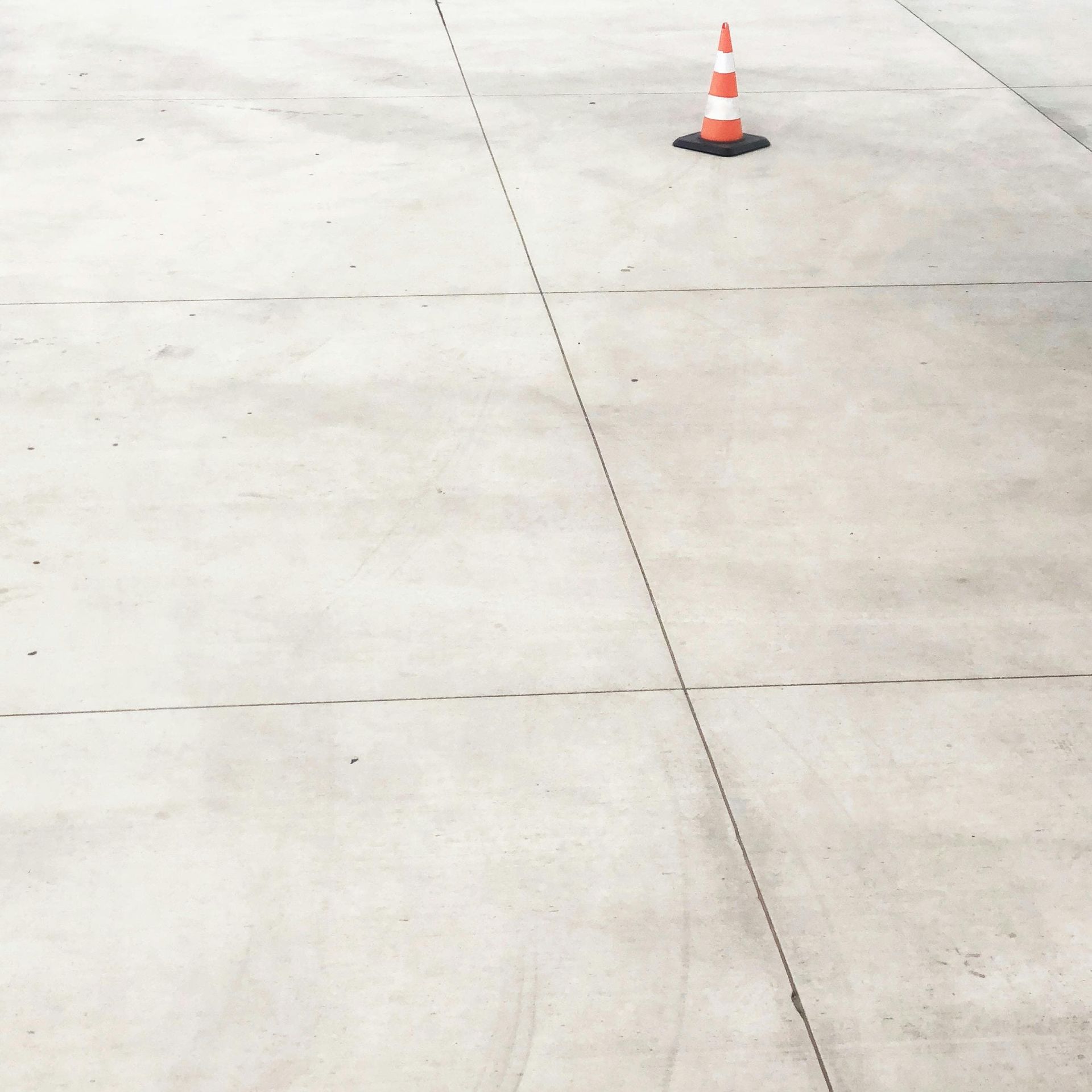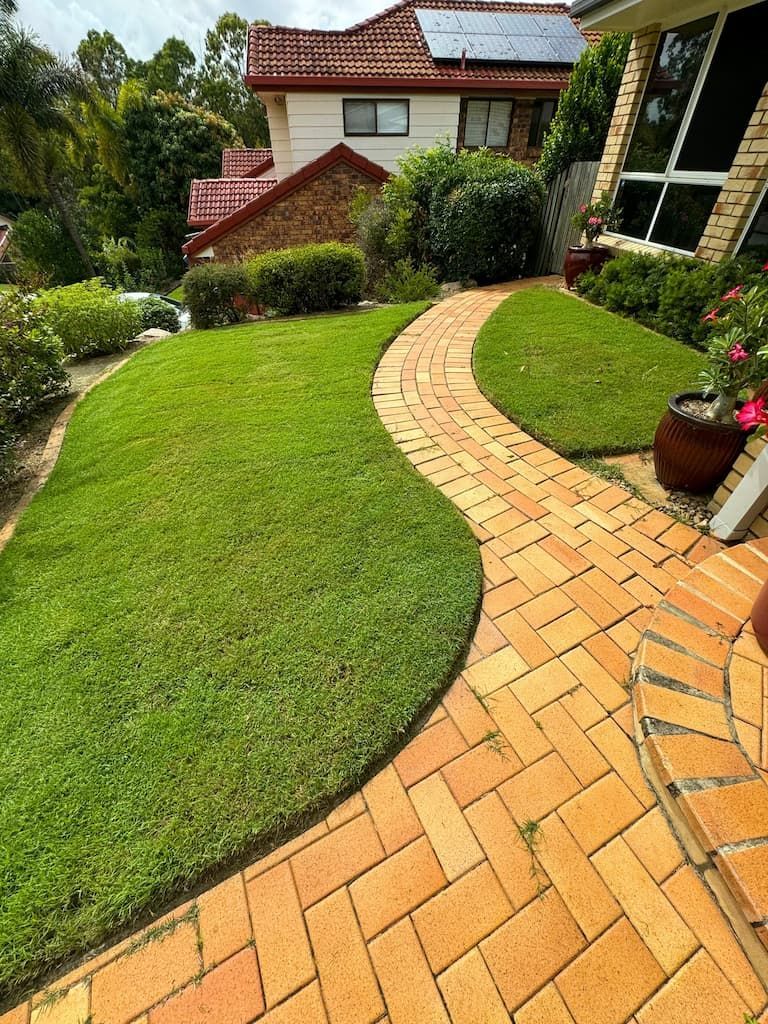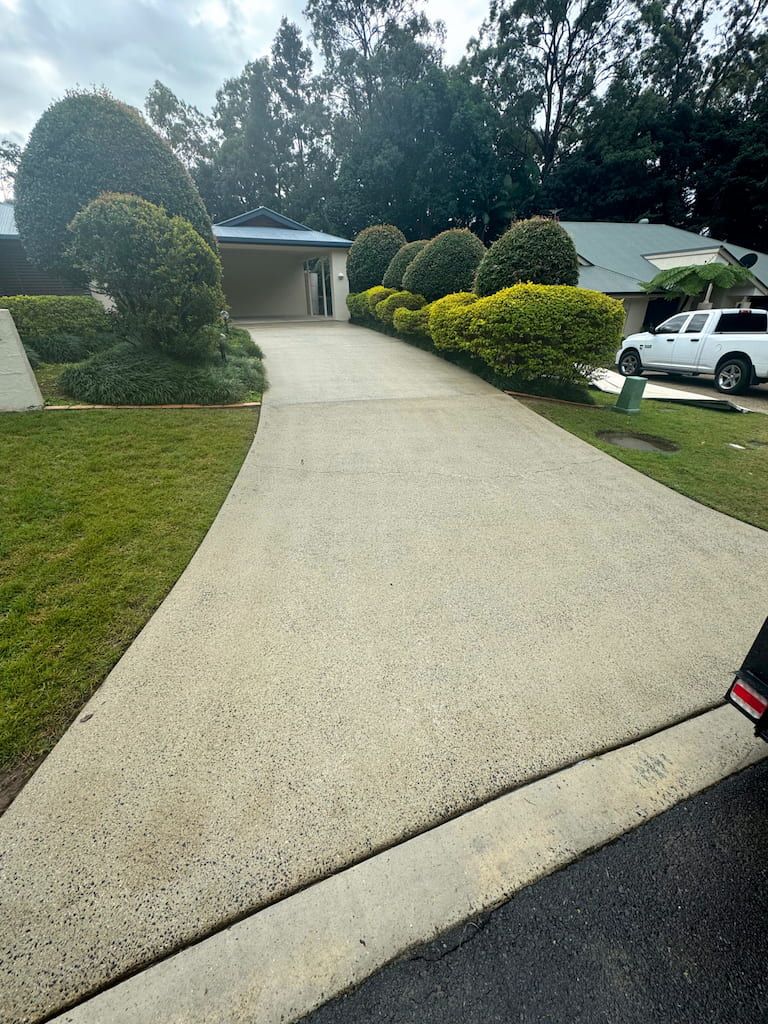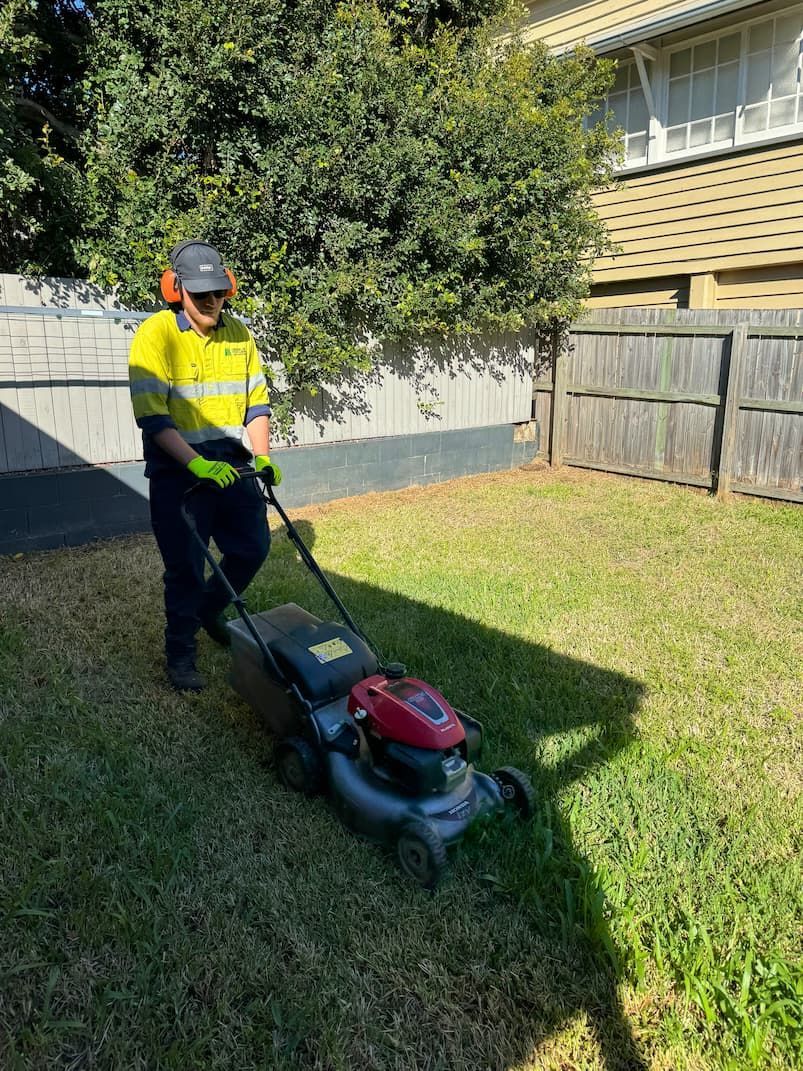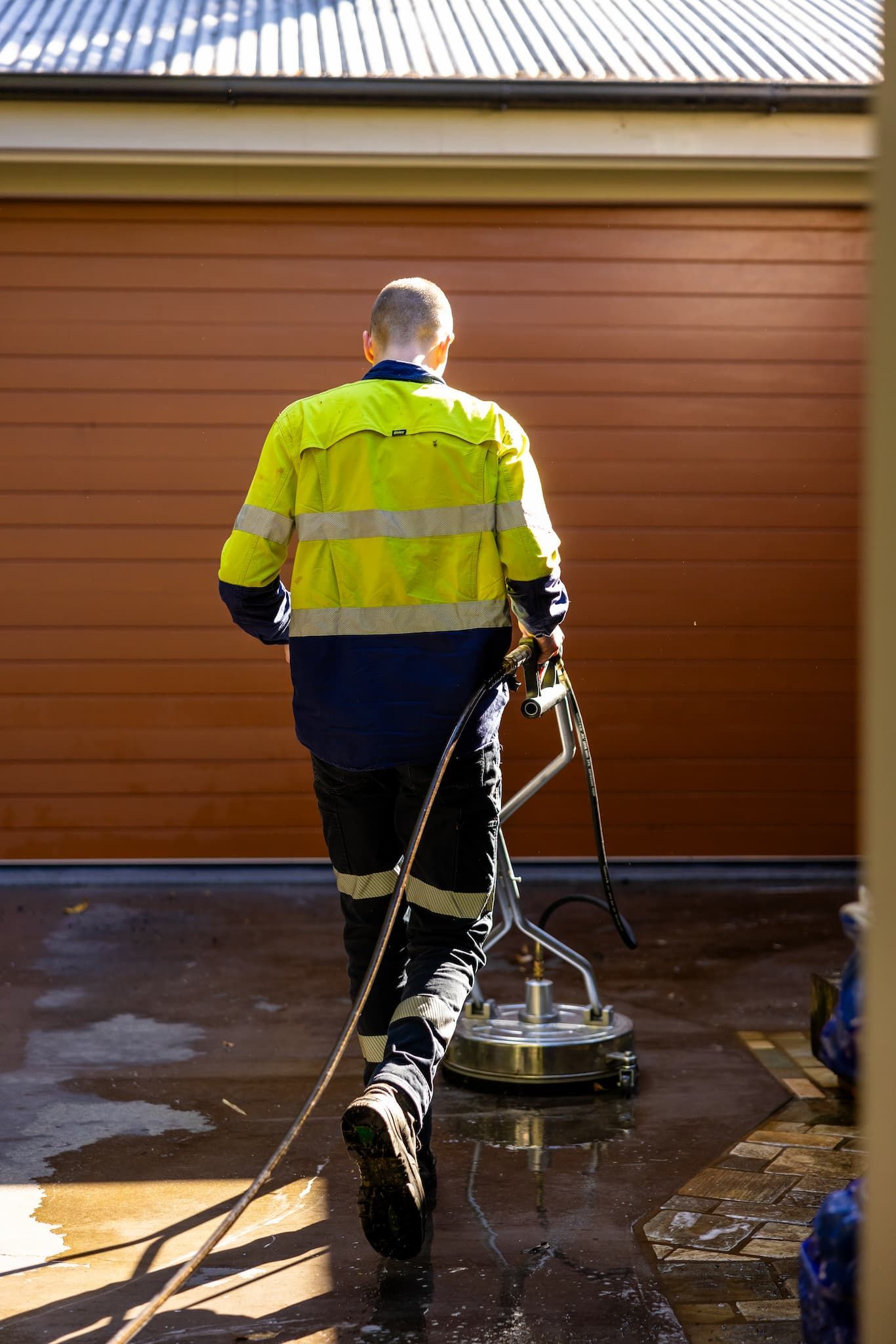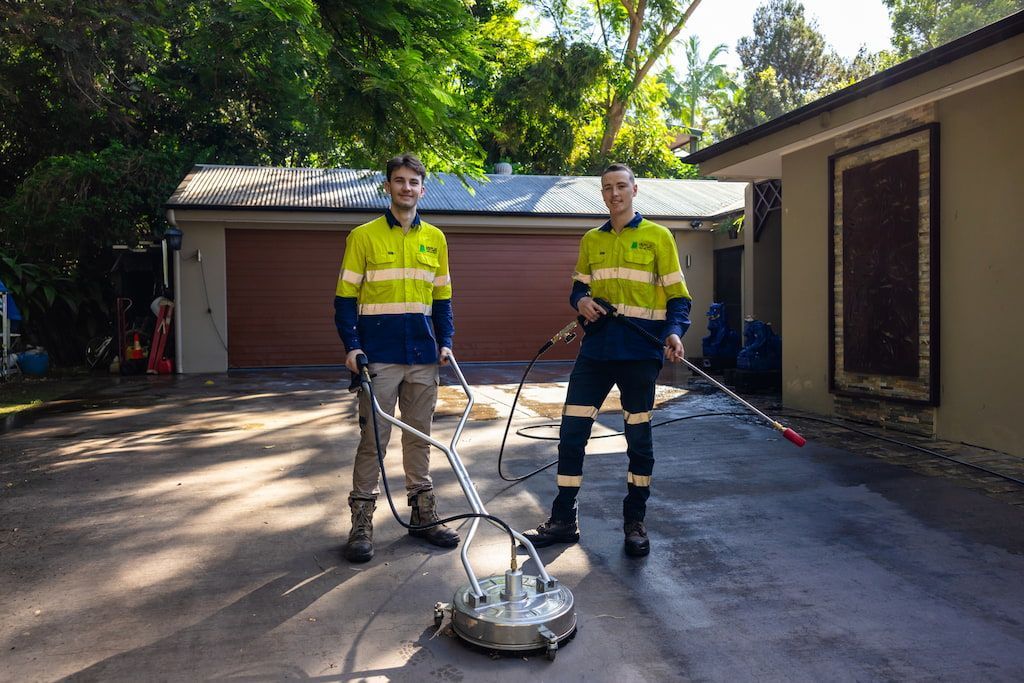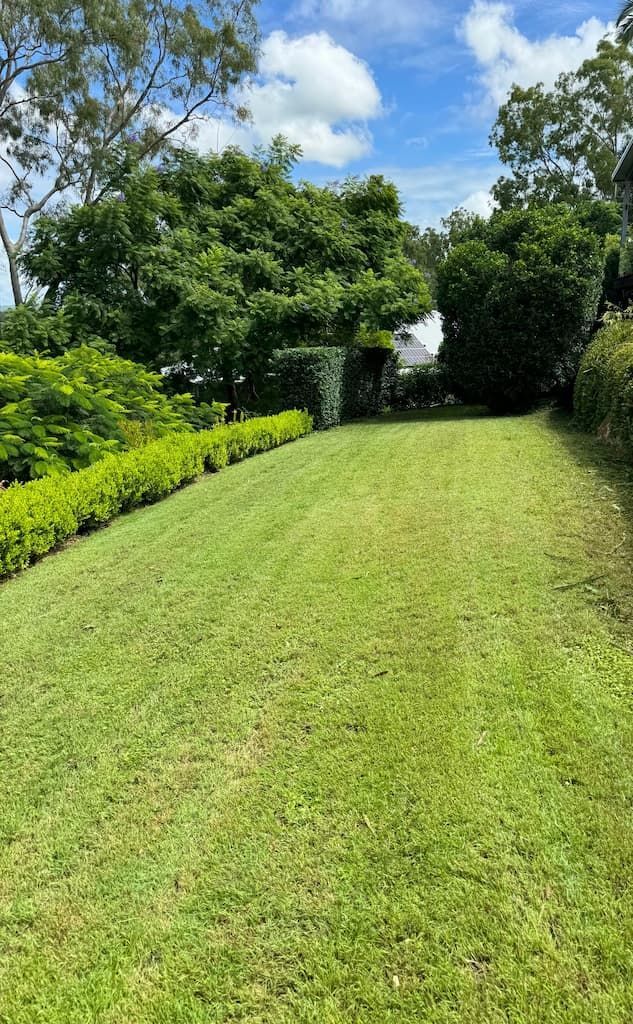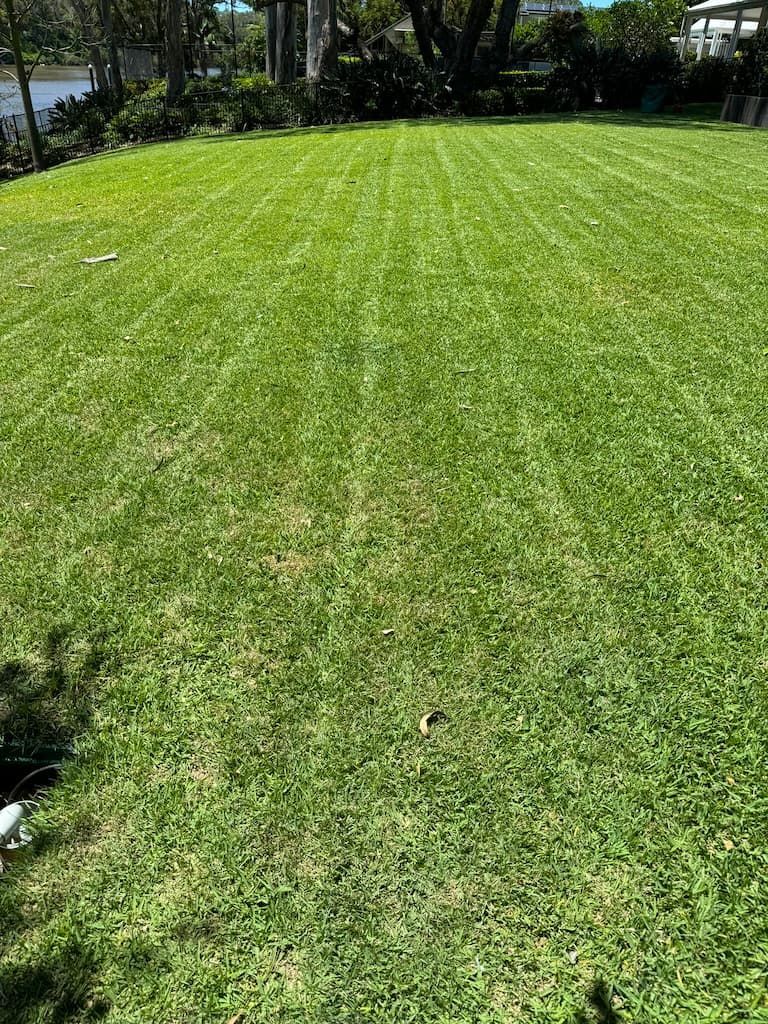Can You Mow When The Grass Is Wet?
While mowing on a sunny afternoon is ideal, sometimes life (and the weather) don’t cooperate. You might look outside after a rainy night or early morning dew and wonder: Can you mow when the grass is wet?
The short answer is: Yes, you can – but it’s not always the best idea. Mowing wet grass comes with challenges and risks for your lawn, your mower, and even your safety. In some cases, it’s better to wait for the grass to dry.
Why Wet Grass Is Different from Dry Grass
Grass blades are made up of a high percentage of water, so they’re already flexible and soft. When they’re wet from rain, dew, or irrigation, they become heavier, stick together, and bend more easily.
This affects mowing in a few ways:
- Wet blades don’t stand upright as well, making it harder to get an even cut.
- Moisture causes grass clippings to clump, clogging your mower deck.
- Wet grass is more prone to tearing rather than cleanly cutting, which can lead to disease.
The Downsides of Mowing Wet Grass
While you can mow when grass is wet, there are several potential drawbacks:
1. Uneven Cuts
Wet grass bends under the mower’s wheels and blades, leaving some blades uncut. This results in a patchy, uneven finish.
2. Increased Disease Risk
When grass is torn instead of cleanly cut, the ragged edges make it easier for fungal diseases to take hold – especially in humid conditions.
3. Clumping and Lawn Damage
Wet clippings stick together and smother the lawn if not raked up, blocking sunlight and air from reaching the grass beneath.
4. Slippery Surfaces
Wet grass can be slippery, increasing the risk of losing your footing or tipping a mower on uneven ground.
5. Mower Wear and Tear
Moisture can cause rust, clogging, and blade dulling. Wet clippings can also be harder to clean out of the mower deck.
When You Might Need to Mow Wet Grass
There are times when mowing wet grass is unavoidable:
- Persistent Wet Weather – In rainy seasons, waiting for a dry day might mean the grass grows too long, stressing your mower and the lawn.
- Time Constraints – If your schedule only allows mowing early in the morning or after watering.
- Commercial or Contract Commitments – Lawn care professionals sometimes need to mow on a set schedule regardless of weather.
In these situations, mowing wet grass is possible if you take extra precautions.
How to Mow Wet Grass Safely and Effectively
If you have no choice but to mow when the grass is wet, here’s how to minimise damage to your lawn and equipment.
1. Sharpen Your Mower Blade
A sharp blade will cut cleanly, even through damp grass, reducing the risk of tearing and disease.
2. Raise the Cutting Height
Cutting slightly higher prevents scalping and reduces stress on the grass when it’s soft and wet.
3. Go Slow
Wet grass puts more strain on your mower, so slow down your pace to maintain control and reduce clogging.
4. Use Side Discharge or Mulching Carefully
Mulching wet clippings can lead to clumping. Side discharge can help disperse clippings more evenly, but you may still need to rake them afterwards.
5. Avoid Mowing in Heavy Rain
Light dew or drizzle is one thing – mowing in pouring rain risks your safety and damages your lawn more severely.
6. Clean Your Mower Immediately
Wet clippings can harden like cement under your mower deck if left to dry, so clean the blades and deck right after use.
How Wet Is Too Wet?
There’s a difference between grass that’s damp from morning dew and grass that’s soaked after a downpour. A good rule of thumb:
- If water
squishes up around your shoes when you step on the lawn, it’s too wet to mow.
- If the grass feels damp but doesn’t leave visible water on your hand when touched, it’s usually safe to proceed with caution.
Tips for Preventing Wet Mowing Problems
Even if you occasionally have to mow wet grass, you can reduce issues by:
- Mowing More Frequently – Shorter grass dries faster and is easier to cut evenly.
- Timing Your Watering – Water early in the morning so grass has time to dry before mowing.
- Improving Drainage – Aerating the lawn and addressing low spots can help prevent excess moisture.
- Using the Right Mower – Some mowers handle wet grass better than others, such as models with powerful engines and open decks.
Is It Better to Wait Until Grass Is Dry?
In most cases, yes. Waiting until grass is dry makes mowing easier, cleaner, and healthier for your lawn. Here’s why:
- Cleaner Cut – Dry grass stands up better, allowing blades to slice cleanly.
- Less Mess – Dry clippings don’t clump and are easier to leave as mulch or collect.
- Longer Mower Life – Less moisture means reduced risk of rust and mechanical wear.
- Lower Disease Risk – Dry conditions reduce the spread of fungal spores.
If you can delay mowing until the grass has dried – even partially – it’s almost always worth it.
Safety Precautions When Mowing Wet Grass
Mowing when grass is wet requires extra safety awareness:
- Avoid Steep Slopes – Mowers are more likely to slip or lose traction on wet inclines.
- Use Push Mowers on Slopes – Ride-on mowers can tip more easily when the ground is slippery.
- Watch for Hidden Hazards – Wet grass can hide sticks, stones, or holes more easily.
Conclusion
Yes – but it’s not ideal. Mowing wet grass can lead to uneven cuts, increased disease risk, and mower issues. However, with the right technique, sharp blades, and safety precautions, it can be done when necessary.
Whenever possible, aim to mow when the grass is dry for the best results and a healthier lawn.
If you can’t find the time to mow, get in touch with Order Of The Lawn in Brisbane and leave it to us.
